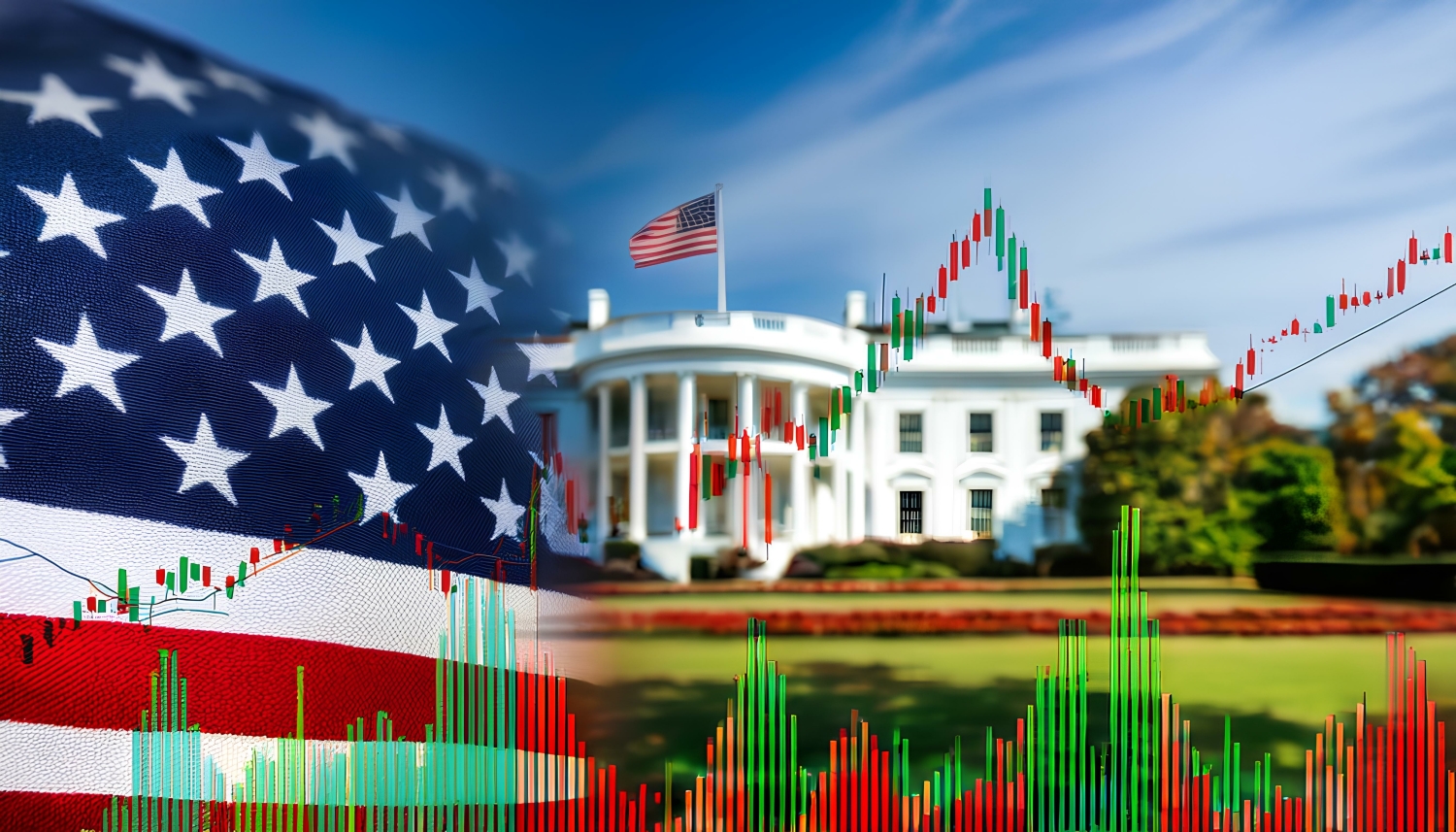As the 2024 election cycle nears a close, there’s one thing on many investor’s minds: how will the outcome of the election impact one’s investment strategy? Given the rhetoric surrounding each candidate, it’s easy to question what direction the stock market may take after the election.
Thankfully, fears of doom and gloom are almost always overblown, and the market (using the S&P 500 Index® as a proxy) has generally come back higher than ever once the election is over. While 2024 may seem different politically, it’s nothing investors haven’t seen before. So, here’s everything you need to know about investing during an election year and how it can impact your portfolio.
Economic Impact
At first glance, it may seem like the economy and politics are inextricably linked. After all, politicians and parties create laws and regulations that can impact businesses across different sectors. One example is the rhetoric surrounding gas vs. electric stoves. This has thus far been a state issue but if newly elected federal lawmakers decide to ban gas stoves, that could have significant ramifications across various industries, including housing, food service, and energy.
History, however, tells us a different story. Politicians have always passed regulations and laws, and the market always adapts and comes back stronger. Yes, individual businesses may feel the impact of a particular policy decision, but the market overall rarely dips as a result.
On average, stocks return 11.3 percent in the 12 months after primary season, compared to only 5.7 percent in the year after an election. This return seems to hold true regardless of whether a Republican or Democrat is in the White House.
There are a few reasons for this. First, a political party rarely has total control of both the executive and legislative branches of government for too long. The last time it happened was in 2021-2022 at the beginning of President Biden’s term. Because policy decisions require legislative and executive branch consent, it’s hard for major shifts or changes to occur if power is split.
Second, while regulations and policies affect the market, supply and demand are far better indicators of whether stocks will trend up or down.
Finally, you have to look at investing as a long-term strategy. If you’re only focused on investing during an election year, you’re missing the forest for the trees. Yes, election years can be volatile, but when you look at the market’s performance over a longer period, the market has adapted and climbed.
Time in the Market Matters
It’s not a good idea to have your money sitting on the sidelines. Invest strategically pursuing your long term goals. Stocks that will pay dividends and are leaders in stable industries may provide some incremental stability to your investment portfolio as other positions focus on longer term performance.
You don’t want to put all your money into one basket. Diversification is generally a winning strategy as it can allow you to ride out volatile periods and participate in whichever sector performs best in a given period, which is important because that varies.
Don’t Let an Election Derail Your Long-Term Investment Goals
While it’s easy to get wrapped up in election cycle rhetoric, it’s imperative to rise above the noise and focus on your considered strategy. Take charge of your investments during this pivotal election year. Schedule a consultation with a MyStages® consultant to help guide you.
The S&P 500 Index is a registered trademark of S&P Global.



